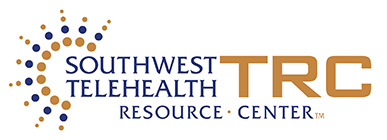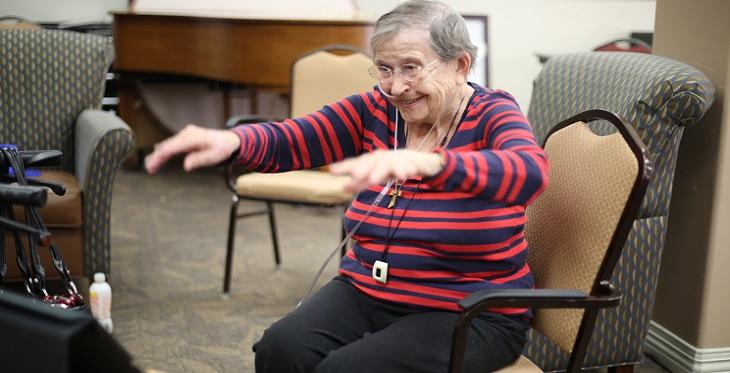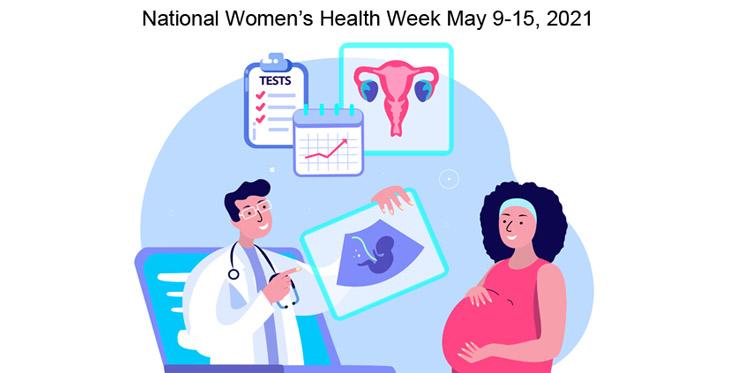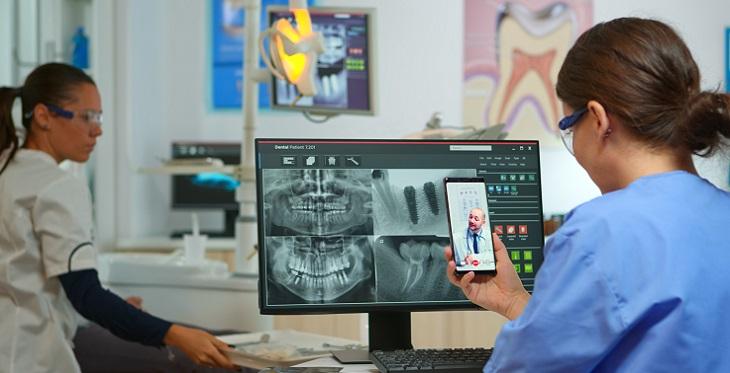Over the past year, many individuals have been staying home to help support public safety measures and reduce the impact of COVID-19 on our communities. This was challenging, but current technological advances have allowed most of us to continue to stay healthy.
Part of this technology is telemedicine, which is also referred to as telehealth, telecare, telewellness, and more.






